“A Memory in Three Acts” The Ghosts of Colonialism
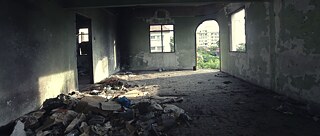
Screenshot from the film “A Memory in Three Acts” | Photo (detail): © Inadelso Cossa
In his documentary “Uma memória em três atos” (2018), filmmaker Inadelso Cossa sets out to trace the history of his country Mozambique. The powerful film draws on archival materials from the times of Portuguese colonial oppression and on the testimonies of Mozambicans who survived the struggle for liberation. Here, Cossa explains via five stills how his film engages with images and voices of past and present – treading on a path toward reconciliation.
A false image of integration, stark evidence of a colonial perspective – I found this super 8 film material by a colonialist family in the Mozambican national archive, INAC (Instituto Nacional de Audiovisual e Cinema), in Maputo. The two children evoke a carefree colonial harmony far from Mozambican reality in the 1960s. By integrating this shot into the opening sequence of my film, I present the official picture only to unmask its claims. My film juxtaposes it with memories of Mozambicans who lived through my country’s colonial past. This approach lets me access and narrate the layers of a time that continues to shape the identities of Mozambicans up to this day. The ghosts of colonialism are still haunting us.
How can I tell you about Mozambique’s colonial history when there seem to be no satisfactory sources from which to draw? Where to find the past? In Mozambique, you search in vain for official archives recounting the history of political prisoners from the era of colonialism. If I wanted to make this film, I had to be both a director and an author. This thread is woven through the entire film – through each of its three acts. Flipping through the pages of a magazine from colonial times – the tactile labour of (re-)searching – introduces this thread right at the beginning. Rather than acting as a filmmaker who looks on from an analytical distance, I am a participant in the documentary – a member of an entire generation of Mozambicans who have so far not had access to the story that I am now telling. The low lighting attests to my experience: looking for the past was an intimate and lonely process.
Here the Portuguese political police PIDE (Polícia Internacional e de Defesa do Estado) tortured countless political prisoners like the poet José Craveirinha, like the painter Malangatana Ngwenya in the 1960s. Here, in this building: Vila Algarve, a place of pain and resistance. In my film, this place is a character in its own right, an archive, a silent witness to voiceless political prisoners. You cannot talk about PIDE and political prisoners without mentioning Vila Algarve. Abandoned, in ruins, amid the wealthy area of Mozambique’s capital Maputo, the building nowadays also symbolises the government’s approach to our historical memory.
The room was dark, at times permitting glimpses of PIDE agents’ faces. Political prisoner Aurêlio Valente Langa was naked – exposed to interrogation and torture. Embedded into the film’s second act, “Memories of Violence”, Langa re-enacts and narrates his experience at Vila Algarve. At the time, the police forcibly sought power over his answers. The film reverts this dynamic, letting him tell his own story freely.
Isabel Langa, daughter of former Mozambican PIDE agent “Chico Feio” saw her neighbours decapitate and kill her father in 1974, in the transitional period after FRELIMO (the Mozambique Liberation Front) had won the liberation war and before Mozambique gained independence. Isabel was 13 years old. She and her mother had to run and hide to save their own lives. Still today, Isabel has nightmares. Chico Feio had tortured numerous political prisoners, some of whom died as a consequence. According to his daughter who knew him as a caring father, his family had been unaware of his role as a PIDE agent. I decided to integrate her, her emotions and her trauma in the story of my film because she represents the need for a reconciliation with colonial history. Isabel, too, is a victim of colonial violence, and still lives with her memory of this past.
The beginning of the film A Memory in Three Acts:
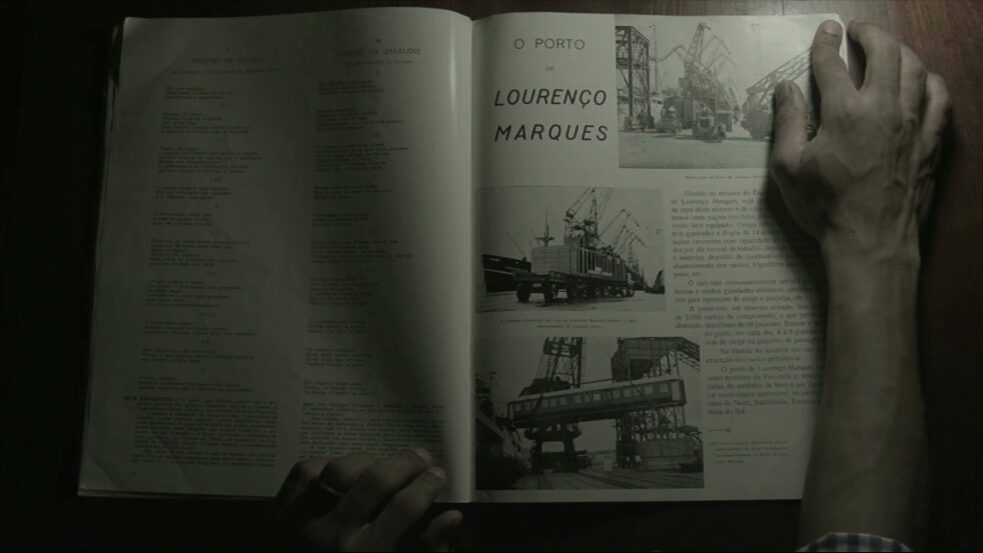
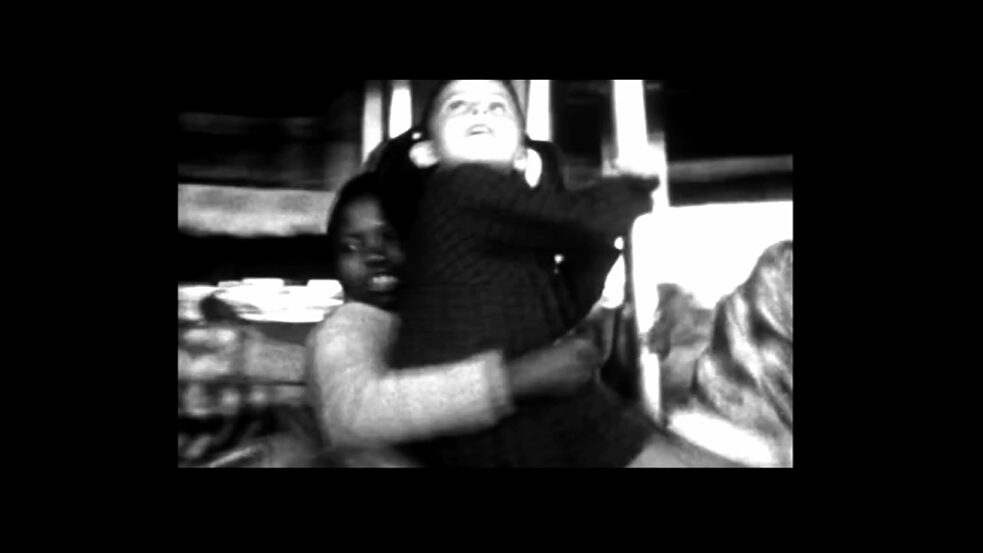
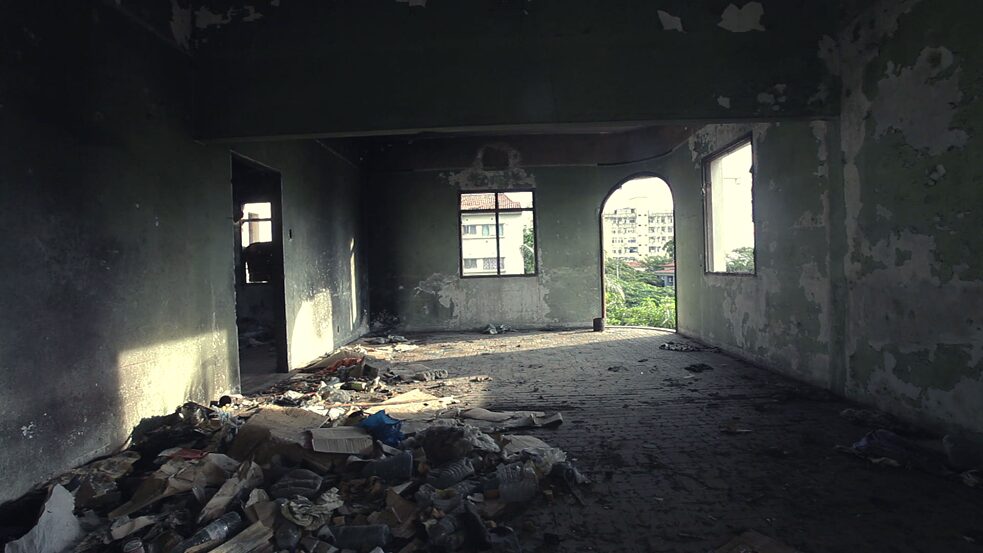
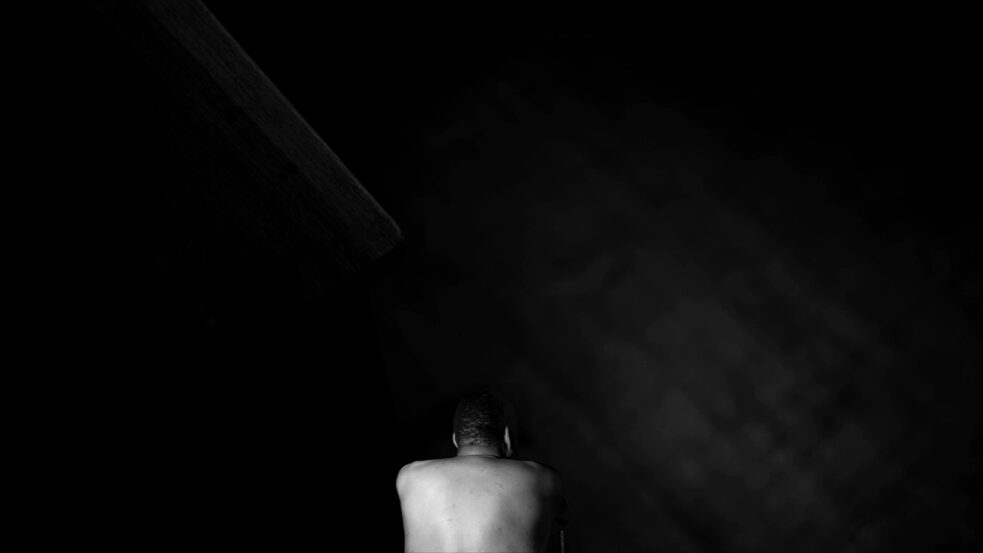
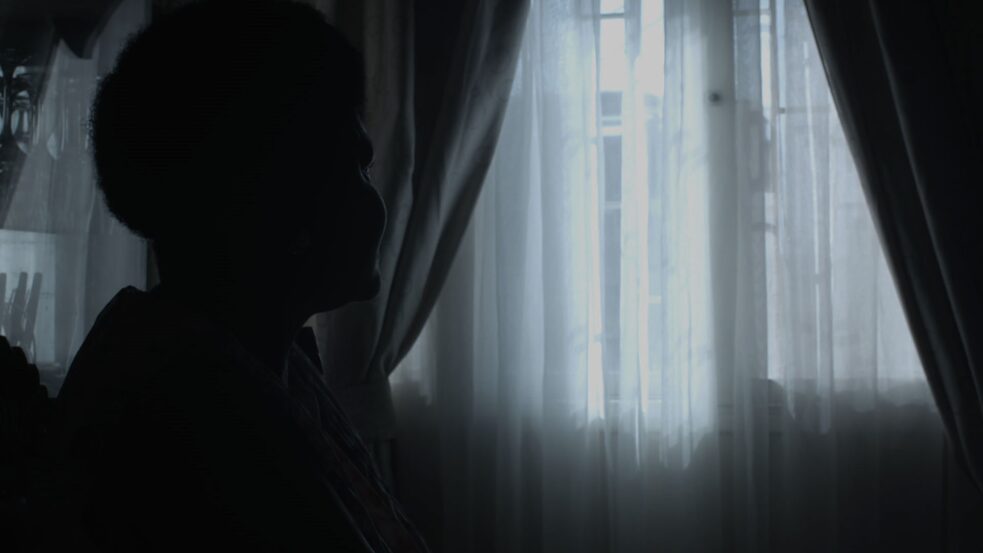
0 0 Comments